Four ways we're strengthening our carrier network
As a freight broker, relationships with carriers can make or break your business. Having a broad, reliable carrier network could mean the difference between covering loads and letting opportunities slip away. Especially with the ongoing driver shortage, at PDQ America in White Oak, TX, we know it’s important to have carriers you can count on to perform their services at a fair price, transport safely, and deliver dependably. Here are four steps we're taking to cultivate a stronger carrier network.
1. Zeroing in on our specific needs
“We use every load to build our carrier database,” said Chase Patterson, general manager of our Texas-based freight brokerage. After determining the essentials specific to each load, like equipment type, insurance requirements, and urgency, to name a few, we select carriers based on those needs.
2. Tracking down potential carriers
The better you are at getting the word out about what you need, the faster you’ll be at moving the loads. After identifying our company’s needs, we utilize several different methods to find the right carrier for the job. From social media, to load boards, to Internet searches, to simple word of mouth, these can all be effective means of finding carriers that will help us grow our network.
In the current climate of the trucking industry, brokers like us are having to pursue other sources for carriers.
“Right now, with the driver shortage, where the load boards may have been our go-to source, we’re having to expand our methods and find new ways to accomplish the same thing.”
Technology can make the search for carriers easier. Numerous forms of software exist for the sole purpose of matching brokers and carriers based on specific needs. Software like this allows members to view updated carrier information about operating authority, inspections and accidents, certificates of insurance, safety and review, and operations, as well as other carrier notes.
3. Reviewing potential carriers
It all comes down to getting the load delivered safely. “You don’t want to put a carrier on a load whose safety scores are above the national averages,” Patterson said.
With the Federal Motor Carrier Safety Administration’s Safety and Fitness Electronic Records (SAFER) System, brokers can view a comprehensive, electronic record of a company’s identification, size, and commodity information. Other data, like a company’s safety rating and crash information, is also available.
It is also important to ensure a carrier’s authority is active and their insurance is current. Transportation Management Software helps protect brokers like us by validating that carriers’ credentials, like insurance and authority, are up to date.
4. Negotiating carrier rates and instituting agreements
Negotiating carrier rates is an ongoing process between brokers and carriers that can vary from load to load. “You need to find a carrier who is willing to do a good job and for the price you can afford,” Patterson said.
At PDQ America, we work hard to establish good relationships with carriers so we can quote loads with confidence. Carriers and brokers can either have set contracts establishing rates, or ongoing negotiations with separate agreements for each load, which are called rate confirmations.
It’s also important to have a broker-carrier agreement to establish policies like minimum amount of insurance requirements. This form of agreement further protects brokers against potentially problematic situations like back solicitation, double brokering, and payment terms, among others.


